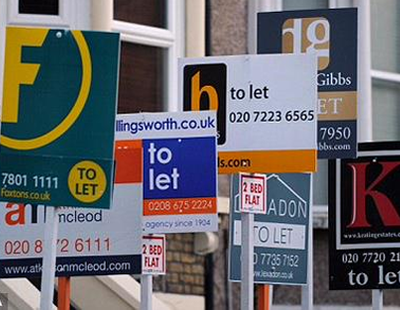Has there ever been a better time to buy-to-let?
Zoopla just last week revealed that demand and rent prices, especially in city centres are on the up as office workers, students and international residents who left during the pandemic start to return.
Even before this, we saw buy-to-let surge in popularity last year, with investors borrowing a record £18 billion, according to UK Finance, a massive increase of 83 per cent compared to the previous year.
This is as we have already seen a record number of landlords in the UK in recent years and banks working hard to attract even more, offering the likes of low interest rates on buy-to-let mortgages.
While it is a great time to look to get into becoming a landlord for the first time, there’s plenty of things you need to think about from a legal perspective once you have that first property and a tenant lined up to make things as easy and secure as possible for yourself and them.
It is advisable to have a written tenancy agreement in place, signed by the landlord and the tenant, to govern the terms and conditions of the tenancy. As well as clauses to confirm the parties’ obligations to one another, the agreement should record the parties’ names, addresses, term of the tenancy and rent. A landlord may also want to consider whether to credit check a tenant, ask for tenancy references or considering having a guarantor in place, i.e. an individual who can pay the rent if a tenant defaults.
If taking a deposit at the outset of a tenancy to protect against non-payment of rent or damage to property, it is important to remember to ‘protect’ the deposit by complying with the requirements of a Government approved scheme. This can be a custodial scheme or an insurance backed scheme. The deposit must be protected in this way within 30 days of it being received. A landlord must also serve the prescribed information (information about the deposit and scheme, as set out in Housing (Tenancy Deposits) (Prescribed Information) Order 2007) on the tenant and any other relevant person, also within 30 days.
Alongside this, a landlord should ensure that a gas safety certificate (if the property is serviced by gas), an Energy Performance Certificate, How to Rent Guide and an Electrical Installation Condition Report have been provided to the tenant at the outset of the tenancy.
As with any investment, if you have a buy-to-let property, it is important to make sure it is kept in good order. This means ensuring any repairs or complaints are dealt with as soon as possible and copies of all correspondence relating to this should be kept, in case you should need them in future.
Some of these may seem like simple steps, but by making sure you are aware of and comply with your legal requirements as a landlord at the outset, you will best protect your investment in a buy-to-let property moving forwards.
To recap, the key things to remember are:
-
Enter into a written tenancy agreement with a tenant.
-
Gather sufficient information about your tenant at the outset – whether that be credit checks, references or considering whether to have a guarantor in place.
-
Ensure any tenancy deposit taken is correctly protected in a Government approved scheme.
-
Ensure all the necessary documents have been served at the start of the tenancy.
-
Ensure any repairs or complaints are dealt with as soon as possible.
Becoming a landlord for the first time may seem daunting so if you are in any doubt about how best to protect your investment, legal advice should be sought at the outset.
*Andrew Whitehead, Senior Associate at Stephensons Solicitors LLP *
We're excited to announce that we're working on building a shiny new website for readers of Landlord Today! As part of this process, commenting on articles will be temporarily disabled. We look forward to sharing our new and improved Landlord Today website with you shortly!








.png)

(1).png)




